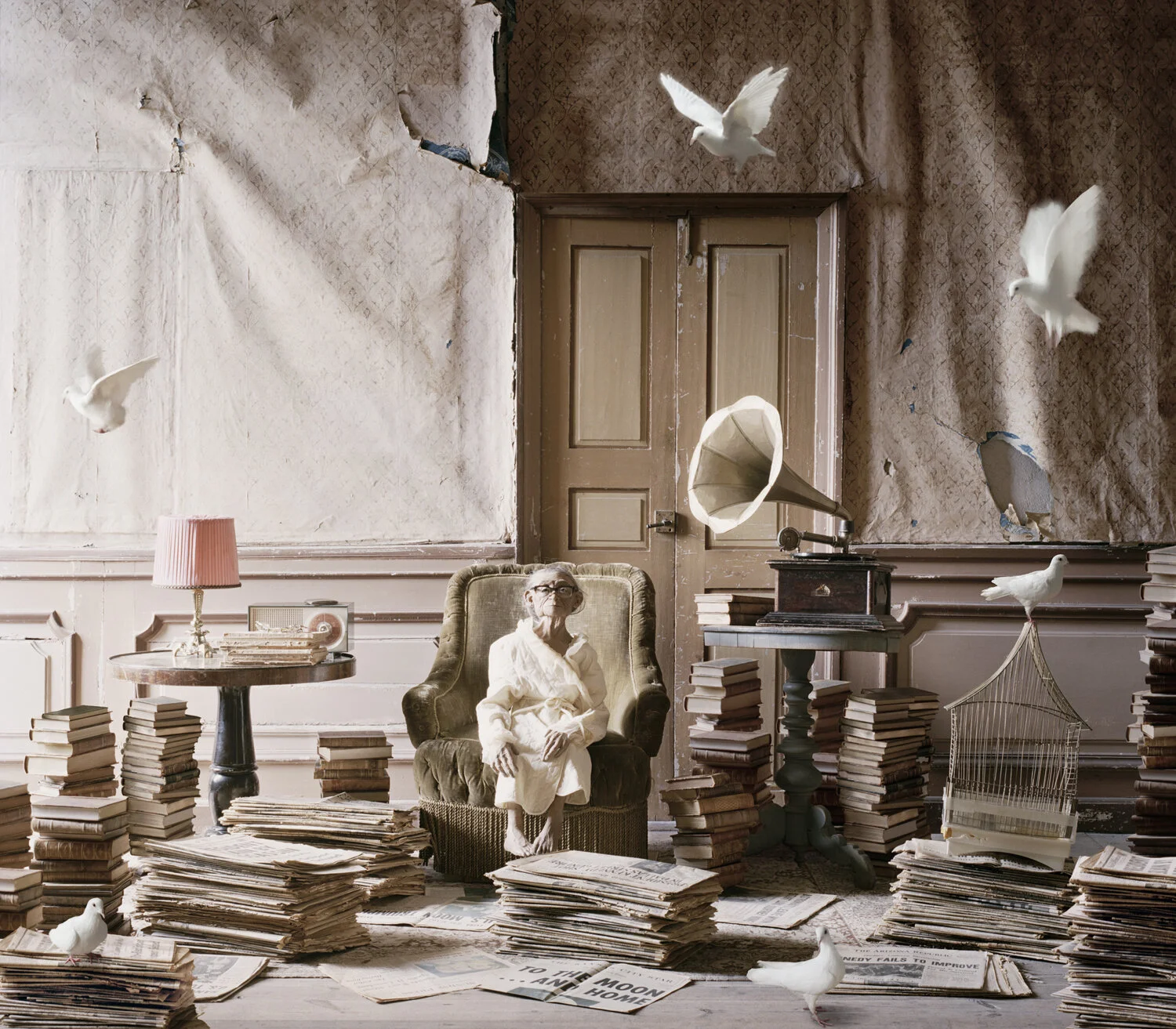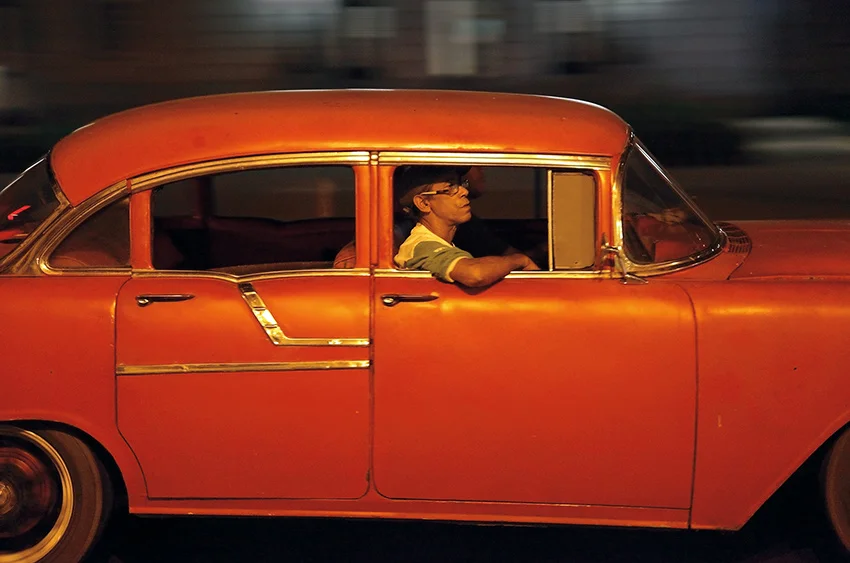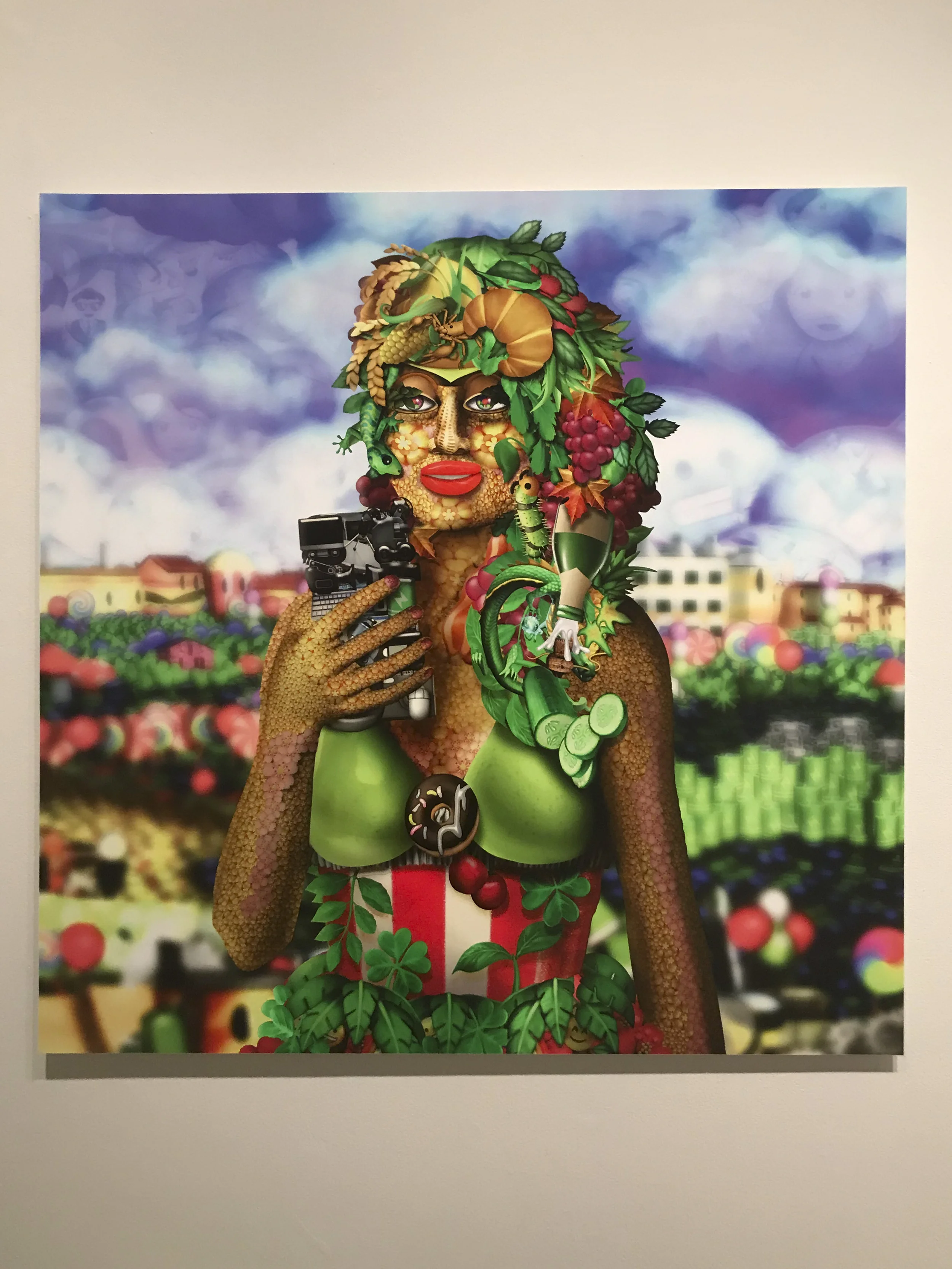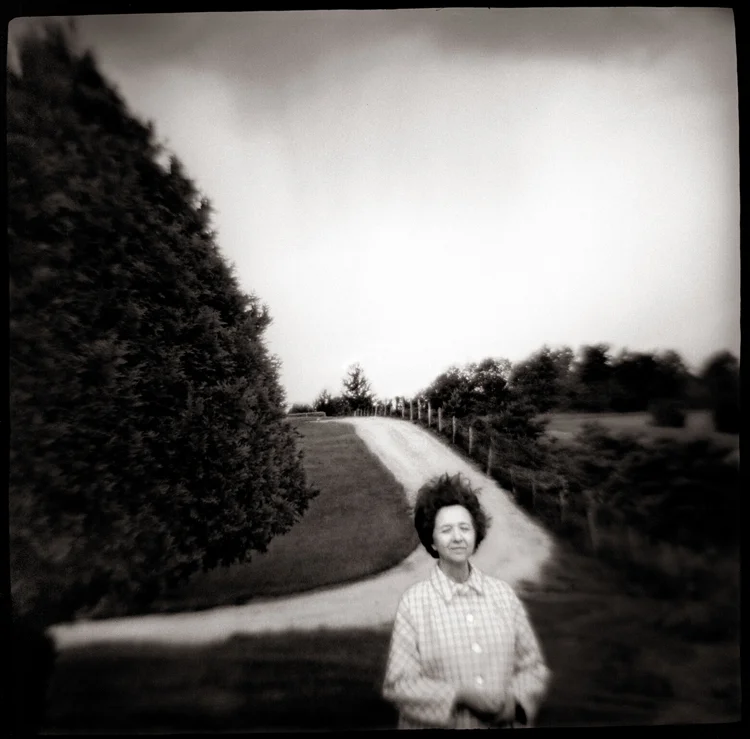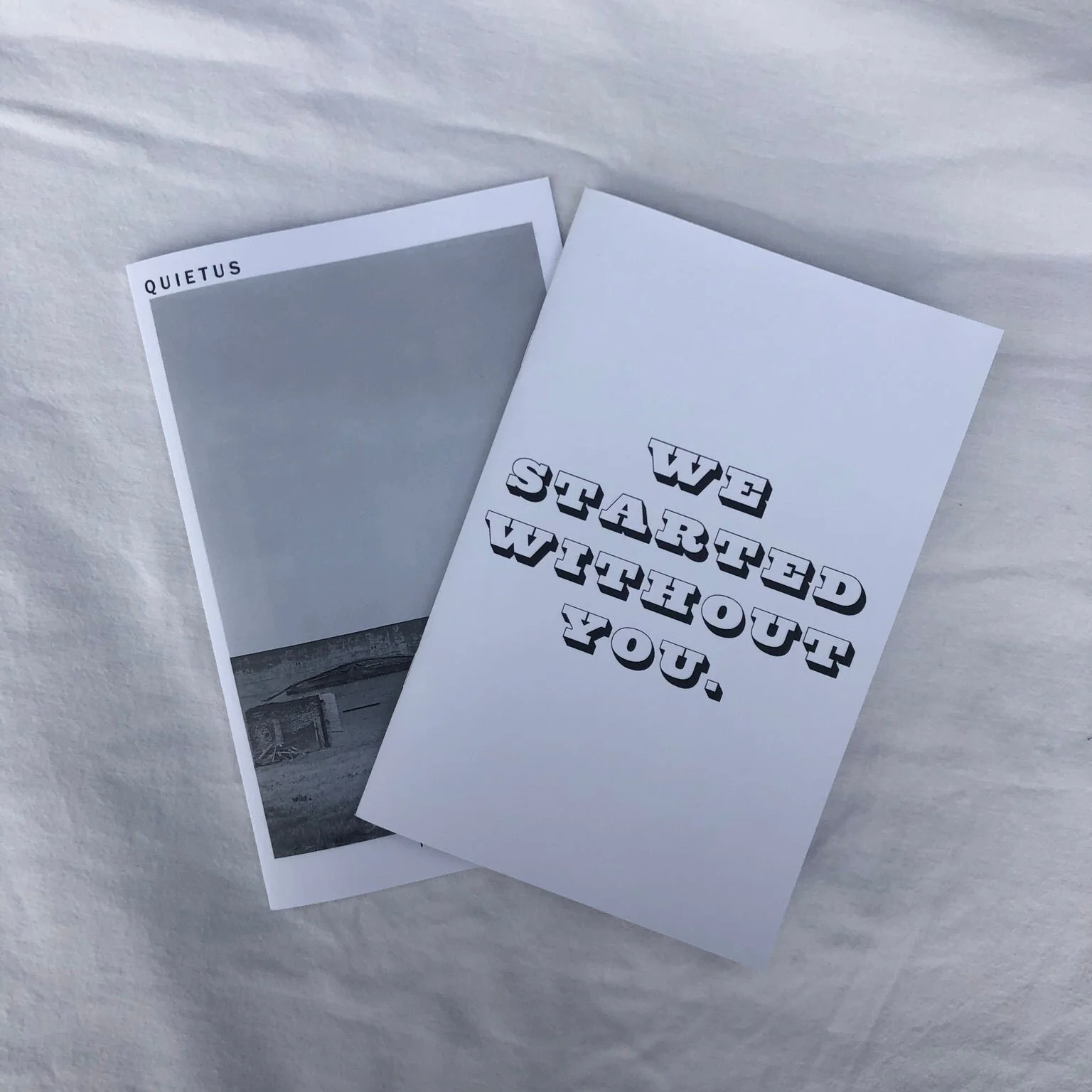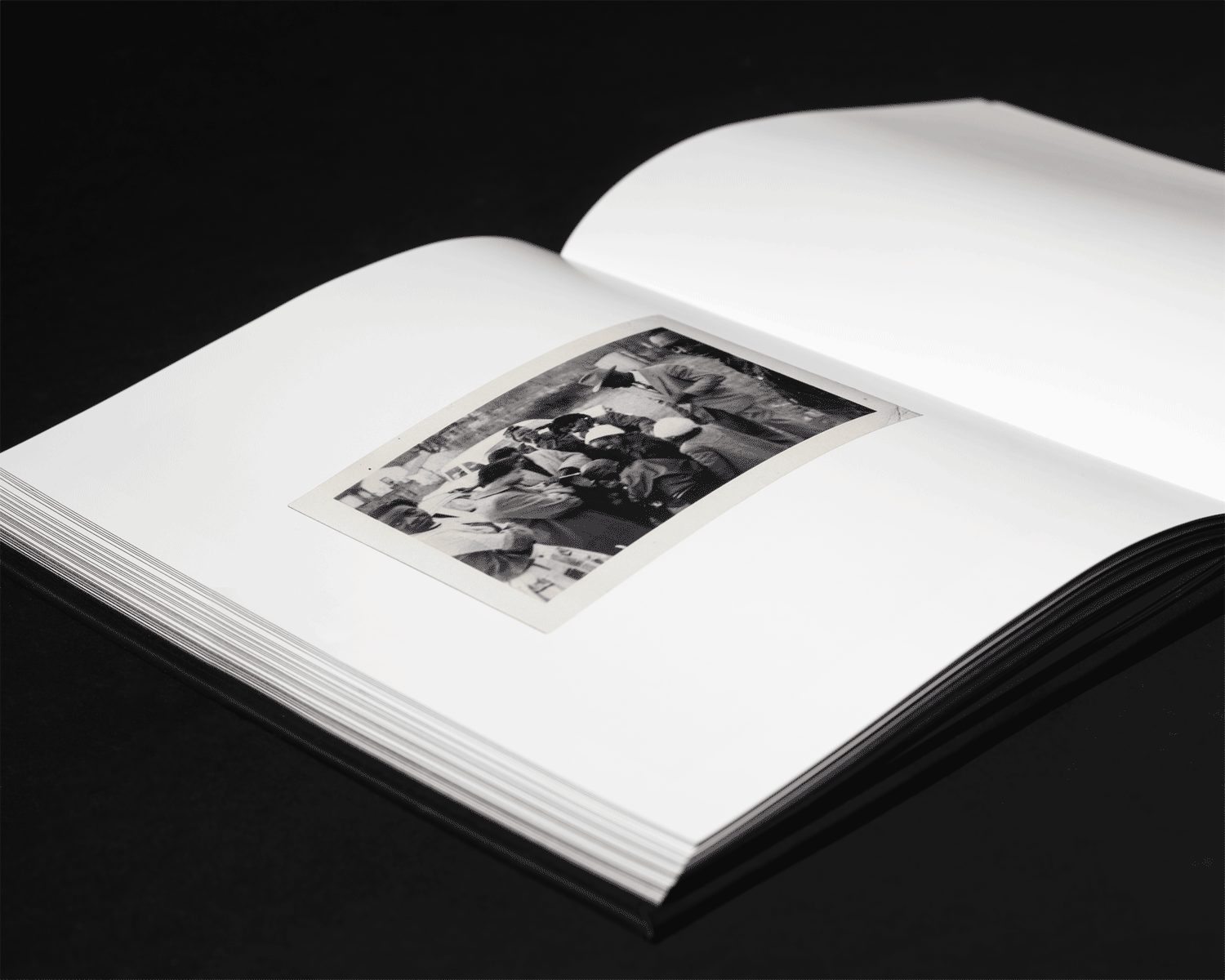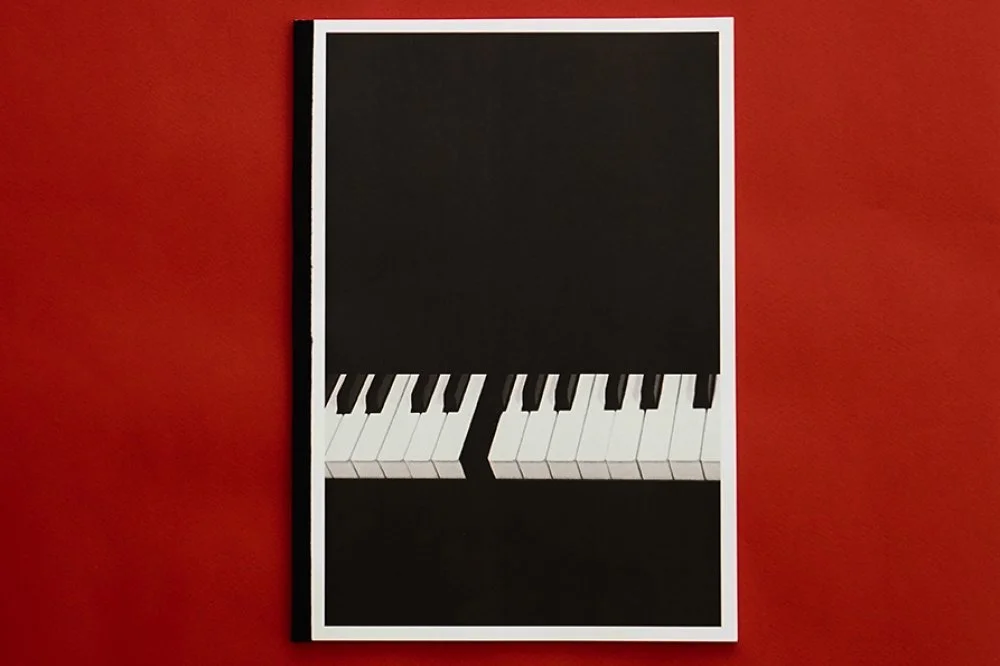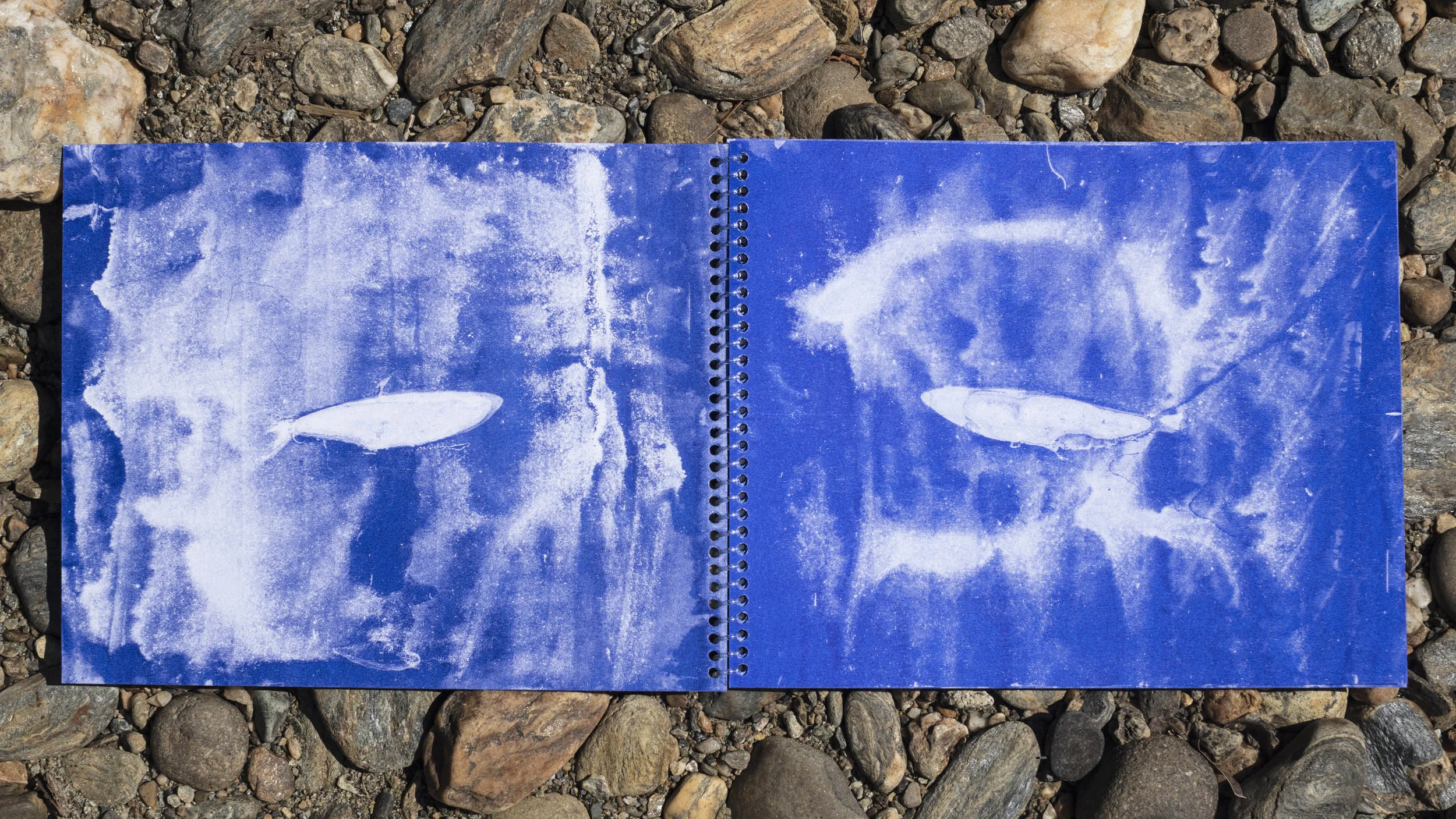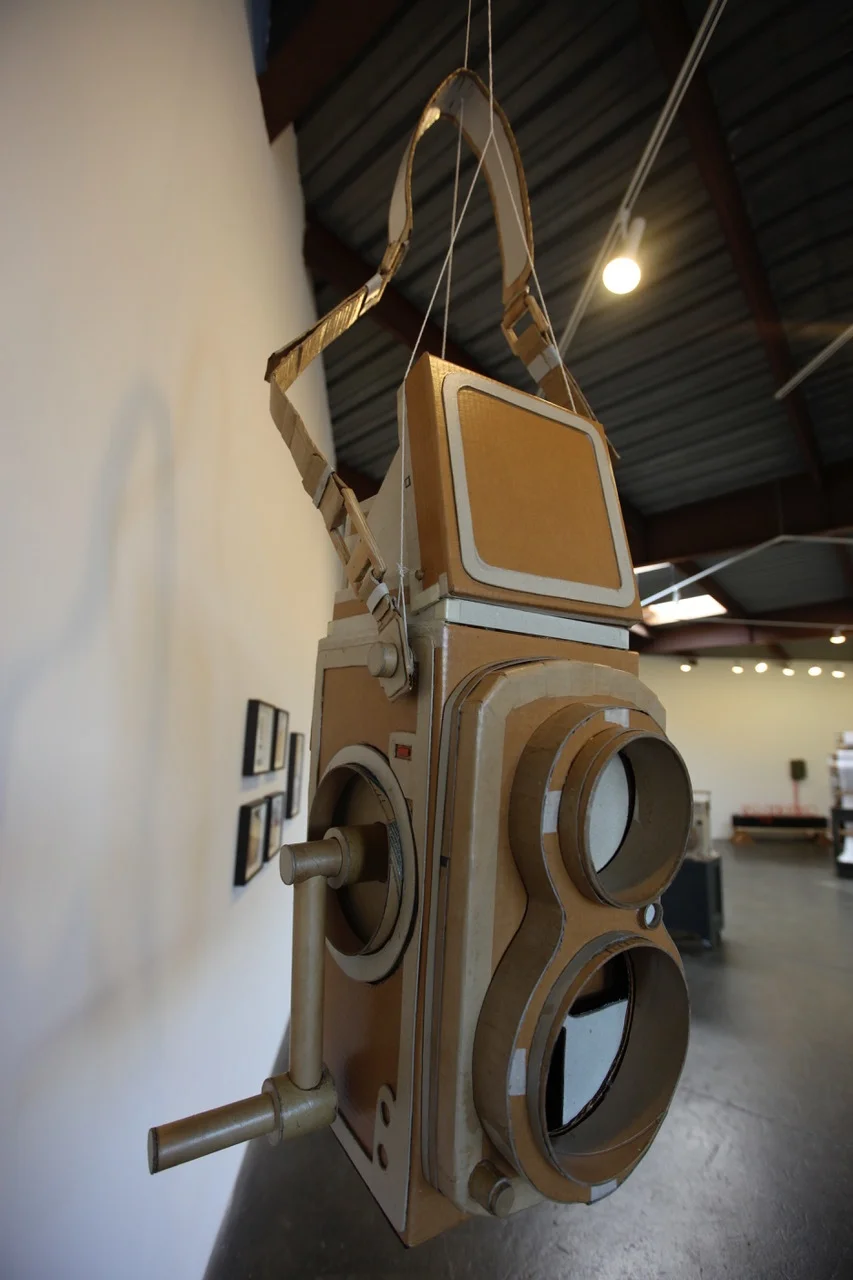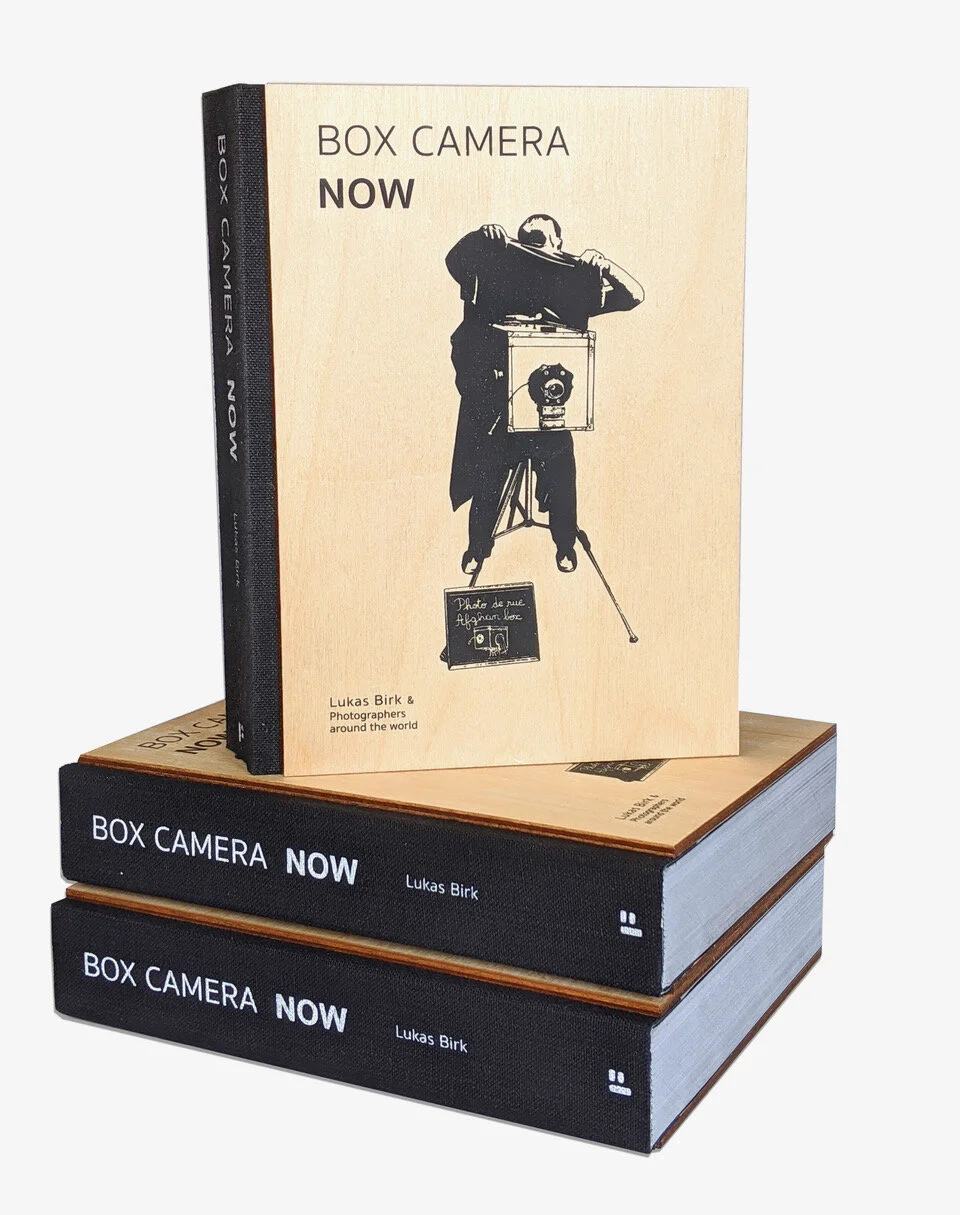“I never want to see another picture of ________.” Industry veterans share their pet peeves on themes in contemporary photography. In this series they present their “rule” along with five photographs that break the rule in an effort to show that great work is the exception to the rule.
Rule Setter: Jeff Moorfoot, Editor, BETA developments in photography
Rule Breaker: Judith Nangala Crispin
As a photographer I see myself as pretty much “Old School.” I am a fan of images that demonstrate both craft and skill in the making. I like photographs on a gallery wall in a nice straight line where the relationship of one image to another works holistically in terms of narrative or design flow, as opposed to a viewing experience that has you down on your knees one moment then up on tiptoes the next, leaving you completely flummoxed as to which didactic label relates to which image. When I open a book of photographs I want to enjoy its contents without needing an engineering degree to work out how to open bifold, trifold, quadrifold pages, booklets within books, and the need of a bespoke bookcase to accommodate weirdly dimensioned formats.
Firmly in my sights for this exercise is camera-less alternative process photography - cyanotype, collodion, gum bichromate, etc., specifically those makers who obsess over well-documented techniques and processes, but seemingly give up on the dedication required to develop an aesthetic with which to embrace the potentiality of their chosen technique. If I see another cyanotype of an antique camisole or baby’s bonnet…!!!! So many old process image-makers nail the technique but stop short of salvation by selecting clichéd subject matter. Much easier to borrow an aesthetic! [sidenote: every cliché was once an original idea!]
Judith Nangala Crispin is an Australian photographer, poet, musicologist and adventurous spirit who has developed her own alternative process she calls Lumachrome Glass Printing, with which she makes sublime images of Australian flora and fauna. Her subjects are mostly road kill, made with a technique which combines elements of lumen printing, cliché verre, alchemy and drawing. No lacy camisoles to be seen here, just subject matter in an advanced state of decay, a collaboration with nature rendered inherently beautiful and thoughtfully, and brought about by the eye of a true artist.





































